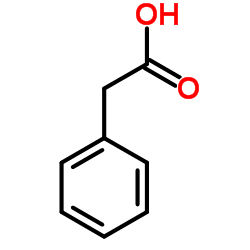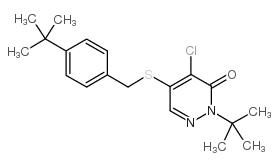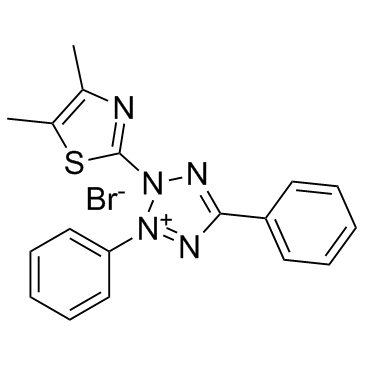| Structure | Name/CAS No. | Articles |
|---|---|---|
 |
Ethidium bromide
CAS:1239-45-8 |
|
 |
Sodium hydroxide
CAS:1310-73-2 |
|
 |
Phenylacetic acid
CAS:103-82-2 |
|
 |
Isoflurane
CAS:26675-46-7 |
|
 |
3-Ethyl-2,4-pentanedione
CAS:1540-34-7 |
|
 |
Pyridaben
CAS:96489-71-3 |
|
 |
Methacrylic anhydride
CAS:760-93-0 |
|
 |
Thiazolyl Blue
CAS:298-93-1 |